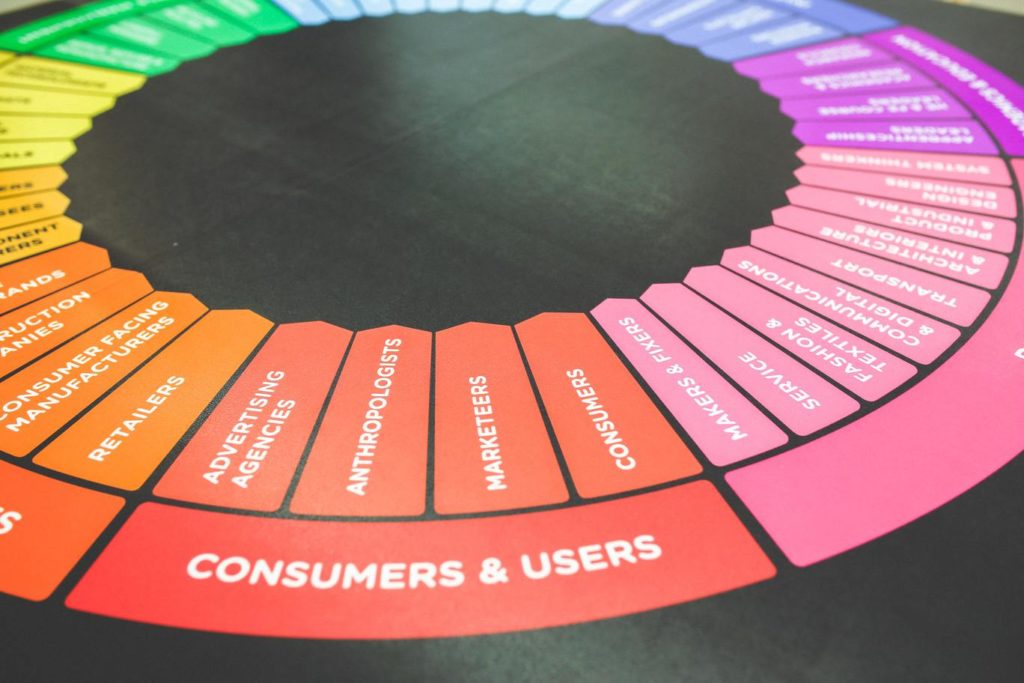Pricing also plays a role in online advertising. To this end, advertising networks have developed various billing methods to determine how advertisers pay for booked advertising and how publishers, i.e. those on whose website the advertising is ultimately displayed, are remunerated.
Cost Per View (CPV), Cost Per Click (CPC) and Cost Per Lead (CPL) are presented below
CPV Cost per View
Here, the advertising customer (usually the dealer) pays per insertion of the advertisement. He bears the risk of having to pay even if the audience is not interested in his product. This can be the case if the website does not match the advertised product or company thematically or in terms of its target group.
For the publisher (i.e. the website on which the advertisement is displayed) Cost Per View is the most convenient solution. In principle, the only thing that is important for him is how many visitors are on the website (traffic). The more, the better.

CPC Cost per Click
With this form of advertising, the dealer only pays if the ad is actually clicked on. This at least gives him the certainty that the person clicking on the ad has noticed the ad and could be interested in it. Of course, it can happen that someone has clicked on it by mistake.
The merchant’s risk is that the visitor will jump off before buying. This can happen if the offer is not convincing or the click was not made with the intention to buy.
The advantage for the merchant is that the ad already attracts attention even if it is not clicked at all.
For the publisher there is the risk that no one clicks on the ad. However, he already offers a service through the integration by providing space on his website.
Traffic alone is no longer enough to generate revenue from the ad. For the publisher, there are various ways to encourage the visitor to click. On the one hand, the ad can be embedded in the text so that it hardly differs. The ad can also be embedded as an extension of the offer. So that the content of the website leads to an interest in the advertised product.
CPL Cost Per Lead
Here the advertiser only pays if the visitor performs a certain action after seeing the ad. This action can be a purchase or a registration. In the case of a purchase, it can be agreed that a certain commission is payable to the publisher.
The merchant has hardly any risk here. He only has to pay if the ad is successful. He does not have to pay for the effects such as attention and brand building just by displaying the advertisement.
For the publisher there is the risk that the website behind the ad is bad and the desired action, i.e. the lead, is not carried out.
For an accurate assessment of which method is most advantageous for the publisher or the merchant, the price is ultimately decisive. To do this, the expected values of the sales must be calculated and compared with each other. The effectiveness is also influenced by the design of the ad itself. If a brand is being advertised, e.g. a car or a shop, a pay per view concept is the fairer one, as here a click or even a purchase is not necessarily expected as soon as the ad is seen.
If concrete products are advertised. For example a book or a mobile phone, then a PPC or PPL model is better, because the visitor is immediately encouraged to click on the ad.
In addition to these forms, there are other ways of billing for advertising. The viewing time can be measured. How long is a video ad viewed, how long is a particular ad visible at all? The remuneration can be arranged in such a way that it only takes place if the visitor could have seen the advertisement for at least five seconds.
It would also be conceivable to divide the remuneration into repeat visitors and new visitors.
Foto von Kaboompics .com von Pexels
